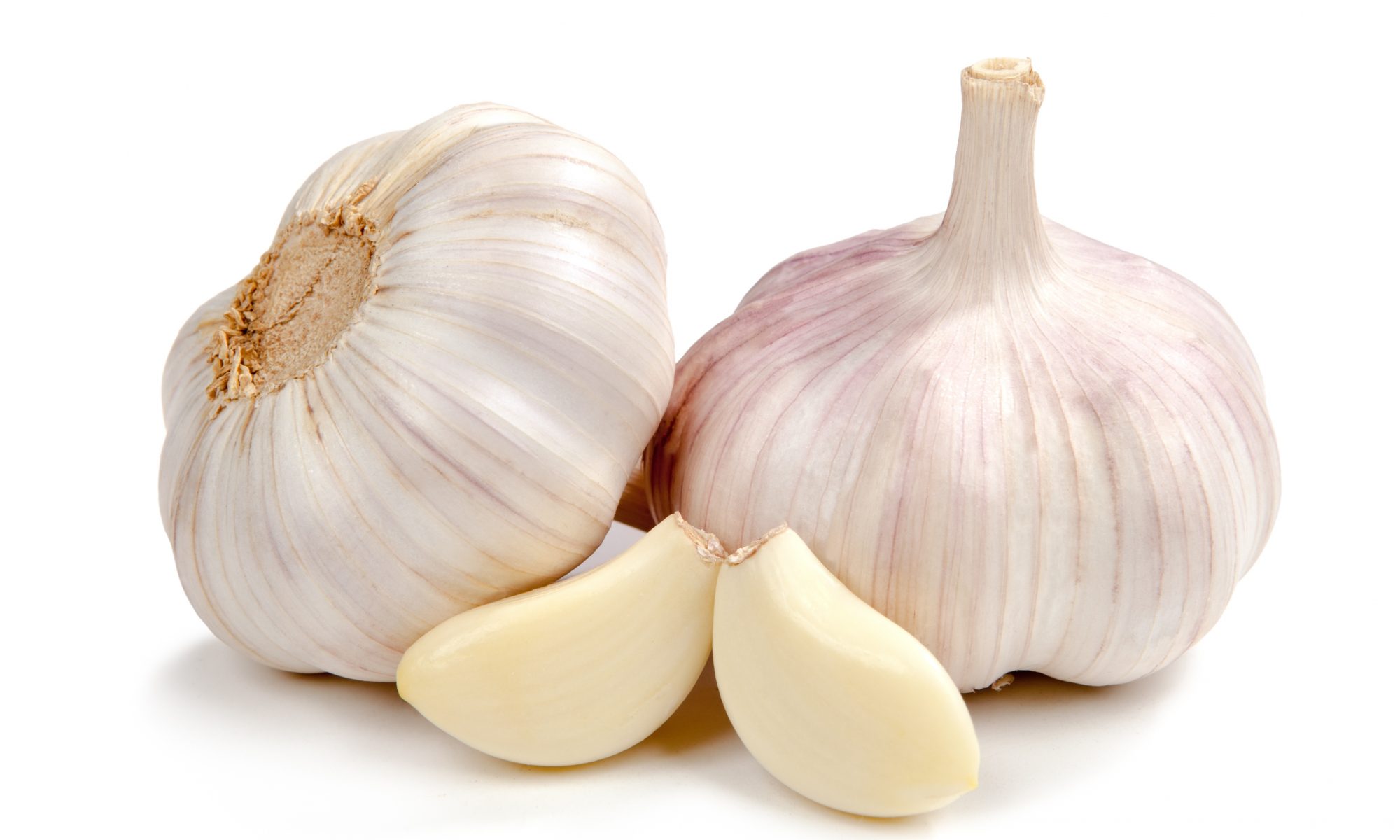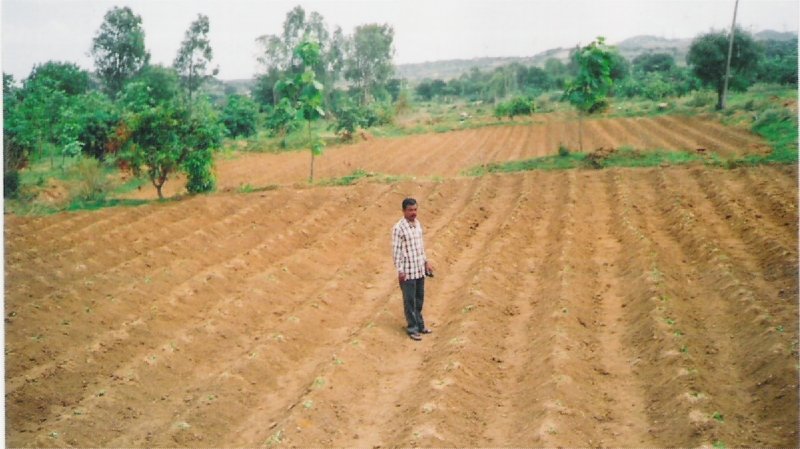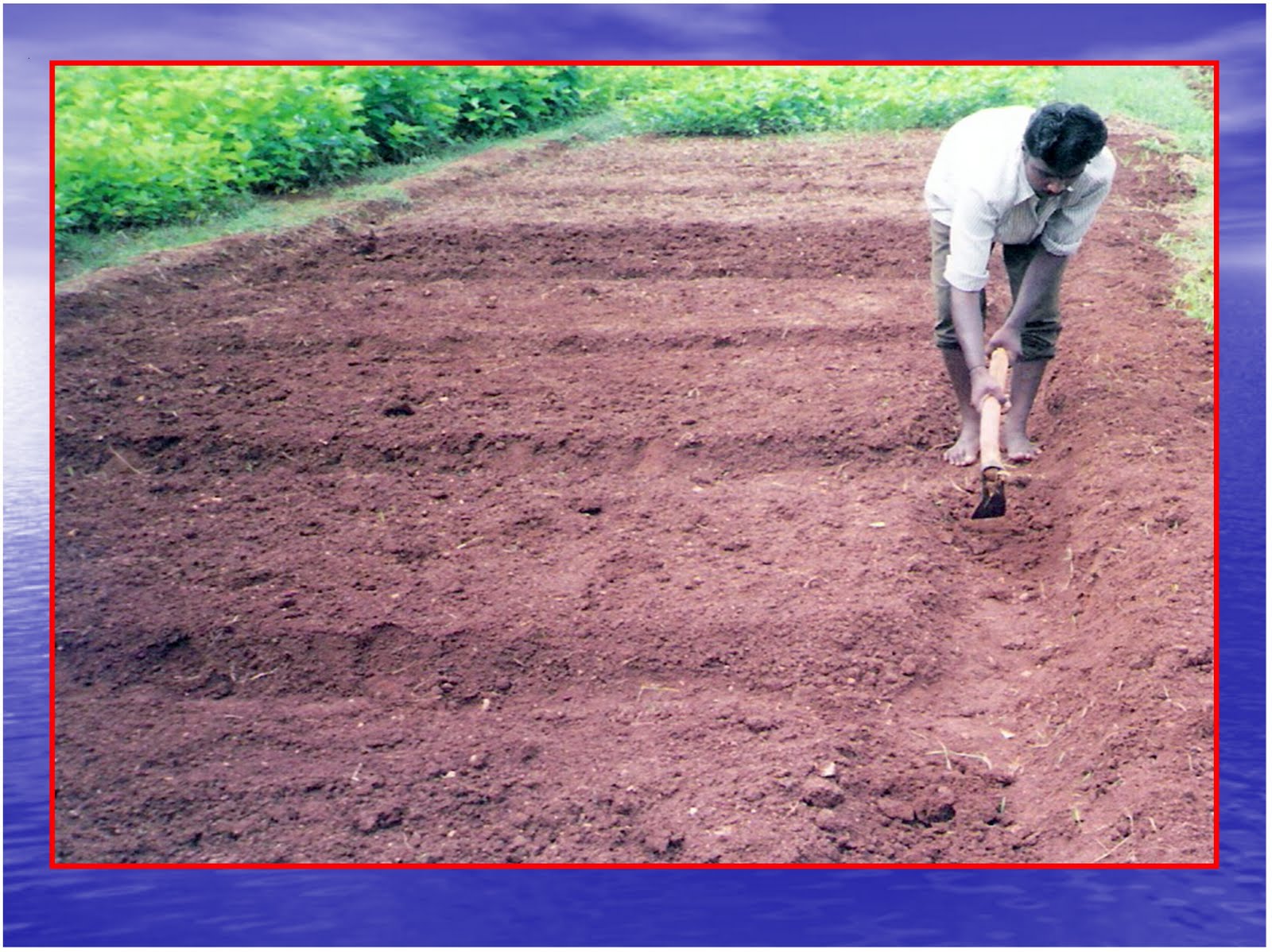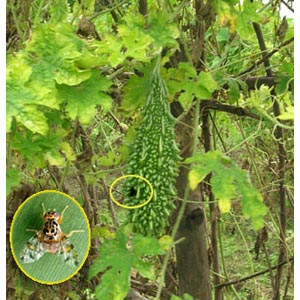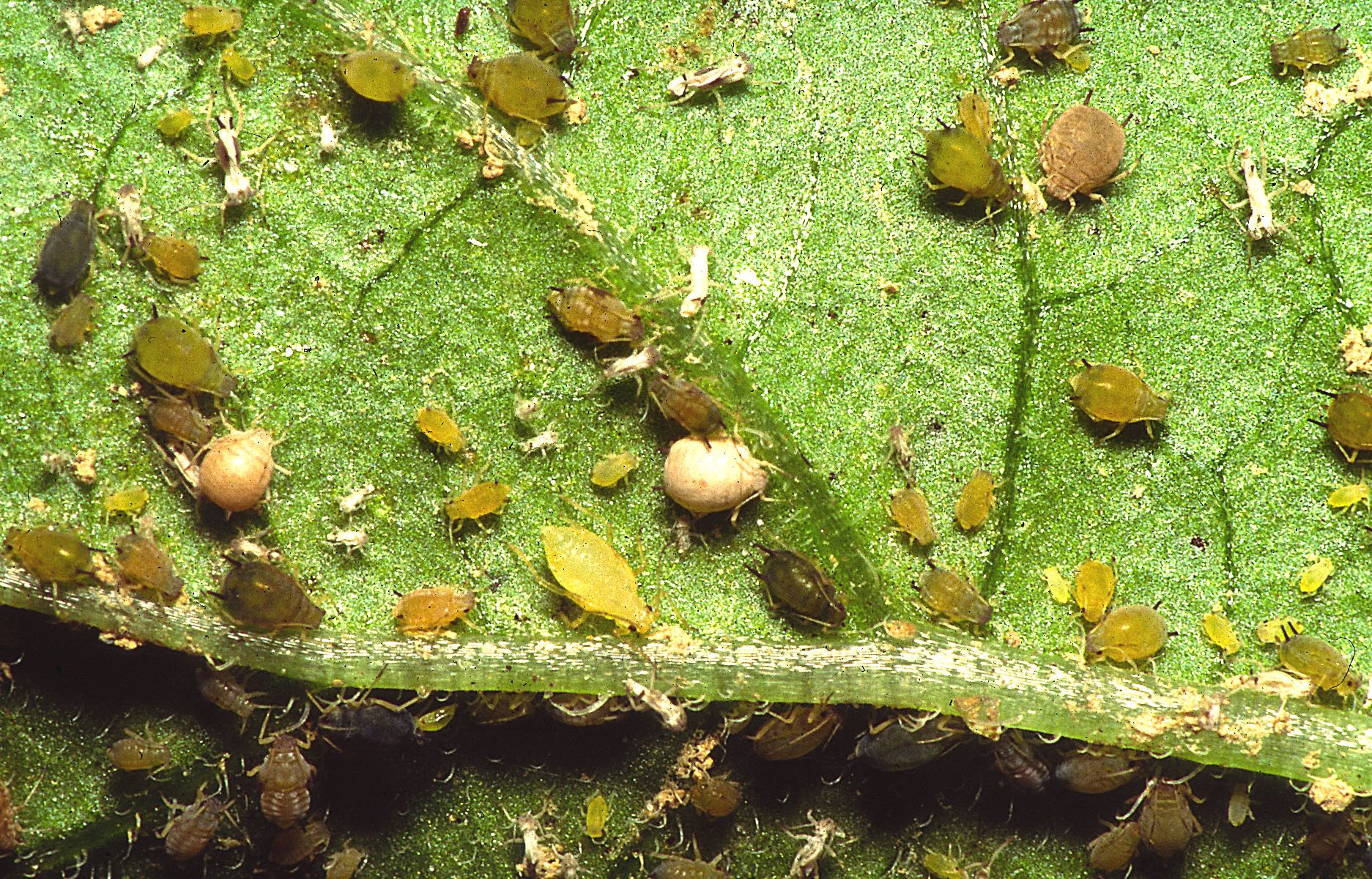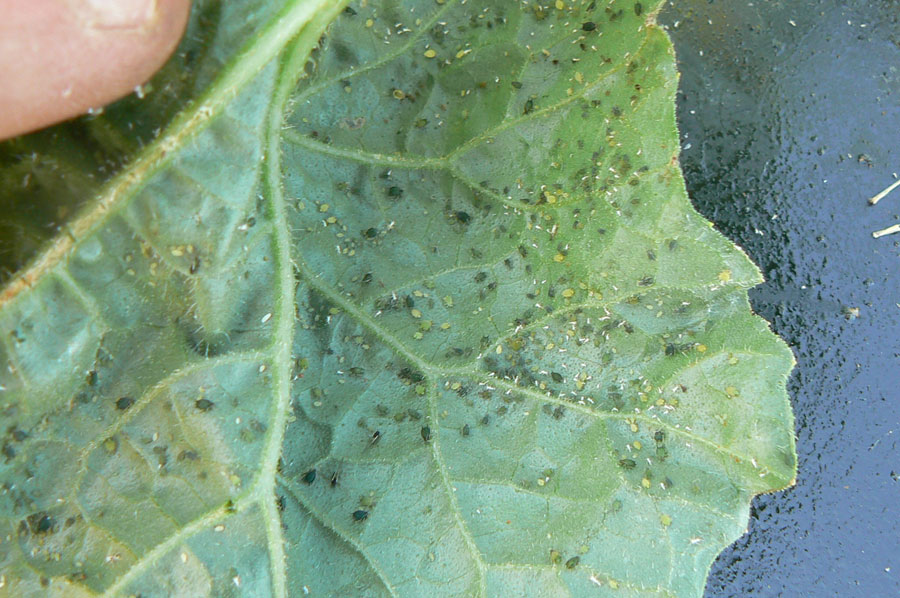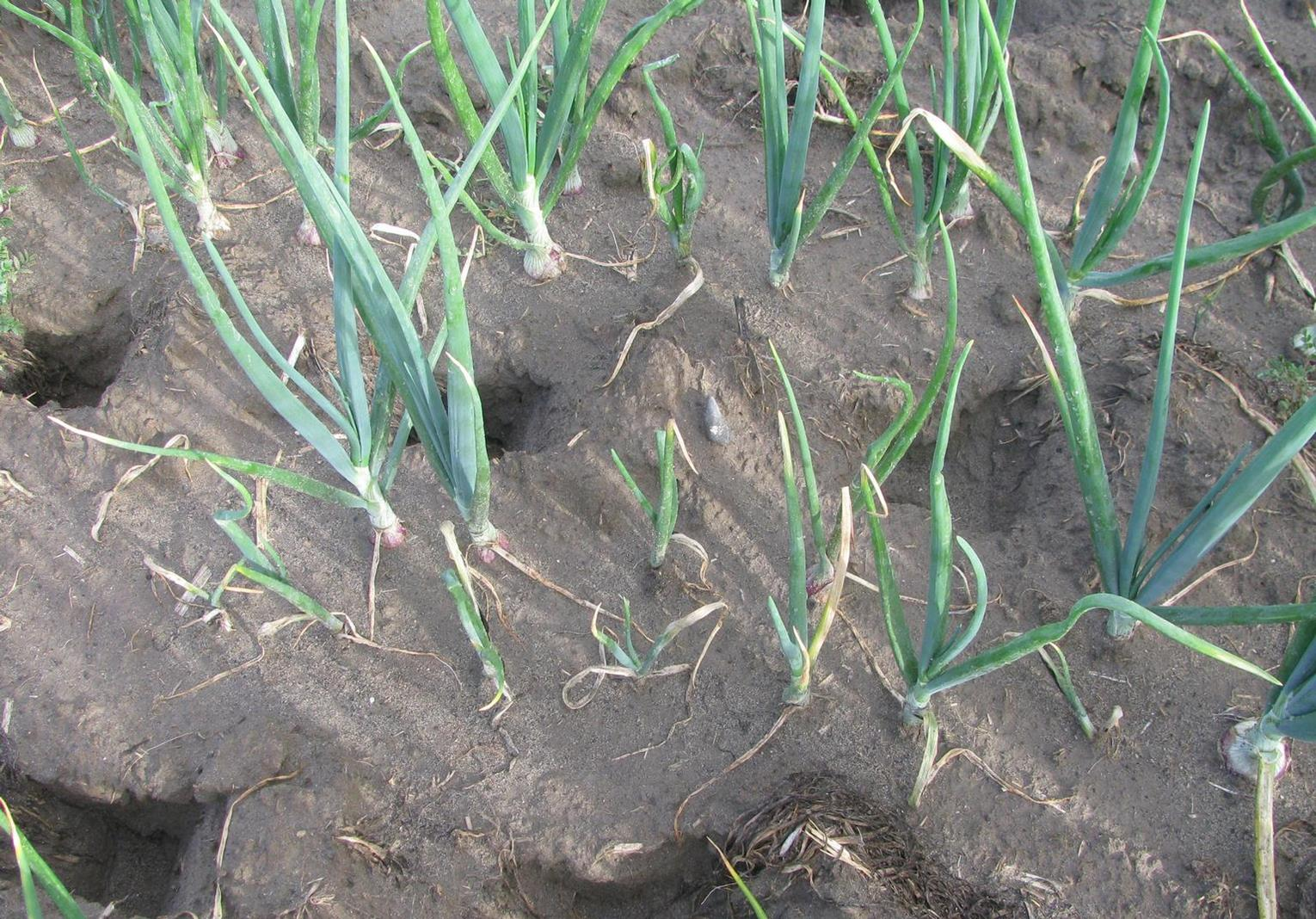Suitable climate for Garlic Cultivation:
- Garlic is grown under wide range of climate condition.
- However, if cannot withstand too hot and cool temperature it requires cool and moist climate during vegetative growth and bulb development stages but warm dry weather during maturity.
- In general, cool growing period result in higher yield than warm condition.
- Exposure of young plant to 20°C or lower temperature for 1-2 months depending upon the variety hastens subsequent bulbing plant that are not exposed to such climate condition may fail to produce bulb or produce smaller bulbs.
- However, longer exposure to low temperature may produce bulb in the axis of the leaves which reduce the bulb yield the critical day length for or bulbing is 10-12 hours for short day garlic and 13-14 hours for long day garlic.
Like and share with other farmers by clicking on button below
Share
